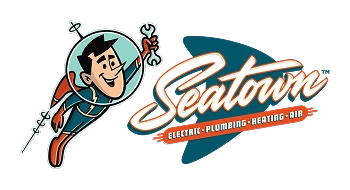How Do I Prevent Frozen Pipes During Winter?
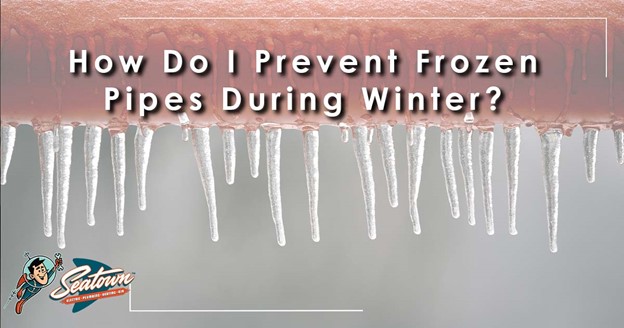
There’s a lot to love about winter, including the holidays, snow-covered trees, and that highly anticipated ski trip. However, one of the downsides of winter is the risk of frozen pipes, which can spell disaster for a homeowner.
Frozen pipes are not only inconvenient – they can cause costly damage and inconveniences. Fortunately, a little preparation and some preventative measures can help you protect your plumbing system from the ravages of winter.
Here’s everything you need to know about preventing frozen pipes and protecting your home this winter from the experts at Seatown Services, your one-stop-shop for everything from heating to plumbing service to generator servicing.
What Causes Frozen Pipes?
Preventing frozen pipes is one thing, but do you understand how it happens? Frozen pipes can occur when there’s an ideal combination of temperature, insulation, and water flow. Several factors can contribute to frozen pipes, including:
- Low temperatures: Extremely cold weather is the most obvious cause of frozen pipes. When the temperature drops significantly, the water in the pipes can freeze.
- Lack of insulation: Inadequate insulation around pipes, especially those in unheated or exposed areas like basements, crawl spaces, and attics, increases the risk of freezing.
- Poorly sealed cracks and openings: Drafts and air leaks can allow cold air to infiltrate your home, affecting pipes’ temperature and increasing the likelihood of freezing.
- Minimal water flow: Pipes that have low water flow or are rarely used are at a higher risk of freezing because the standing water within them is more susceptible to becoming ice.
The Consequences of Frozen Pipes
The consequences of frozen pipes can be severe, affecting both your home and your wallet. It’s important to understand the potential problems that can be caused by frozen pipes.
- Burst pipes: When water inside a pipe freezes, it expands. This expansion can exert enormous pressure on the pipe, causing it to burst. A burst pipe can lead to extensive water damage and costly repairs.
- Water damage: The moment a pipe bursts, water begins to flow freely into your home, potentially damaging walls, ceilings, floors, and personal belongings.
- Disruption of your water supply: Frozen pipes may completely block the flow of water to your home, leaving you without access to essential services like drinking water and sanitation.
- Mold and mildew growth: Moist environments resulting from water leaks can foster the growth of mold and mildew, posing health risks and requiring additional remediation efforts.
- Increased utility bills: In an attempt to thaw frozen pipes, homeowners often increase the heat in your home, resulting in higher utility bills.
A Step-by-Step Guide to Preventing Frozen Pipes
Preventing frozen pipes requires a combination of strategies, including insulation, temperature control, and proper maintenance. Here is a step-by-step guide to help you safeguard your plumbing system during the winter:
1. Insulate Pipes
- Exterior pipes: insulate pipes located in unheated areas like basements, crawl spaces, attics, and garages. Use pipe insulation sleeves, foam, or heating tape to cover them.
- Interior pipes: Ensure pipes within the home, especially those located in exterior walls, are insulated properly. Adequate insulation can help maintain a consistent temperature around the pipes.
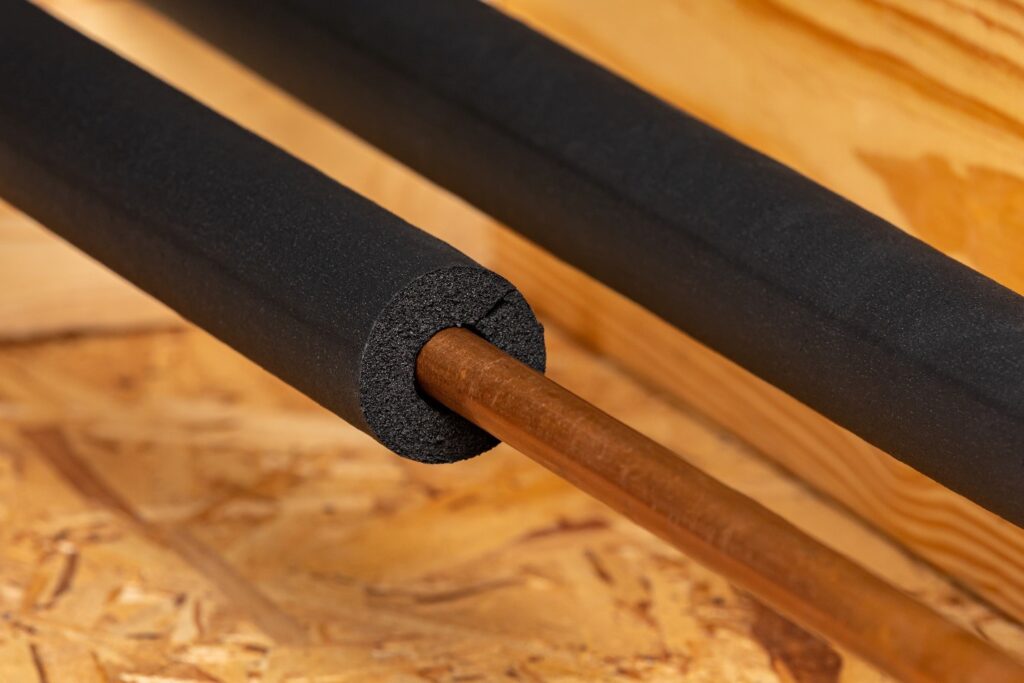
2. Seal Cracks and Openings
Identify drafts and openings near pipes and seal them using weatherstripping or caulk. Common entry points include gaps around windows, doors, and foundation cracks.
3. Heat Tracing Cables
Consider installing heat tracing cables on pipes in areas prone to freezing. These cables provide consistent heat to prevent freezing.
4. Maintain Room Temperature
Keep your home’s interior temperature above freezing, even when you’re away. Set your thermostat no lower than 55°F to ensure that pipes remain warm.
5. Use Additional Heat Sources
In extremely cold conditions, use portable space heaters in areas with vulnerable pipes, such as basements, attics, and crawl spaces.
6. Open Cabinet Doors
In the kitchen and bathroom, open cabinet doors to allow warm air to circulate around the pipes. This is especially important for pipes that are located along exterior walls.
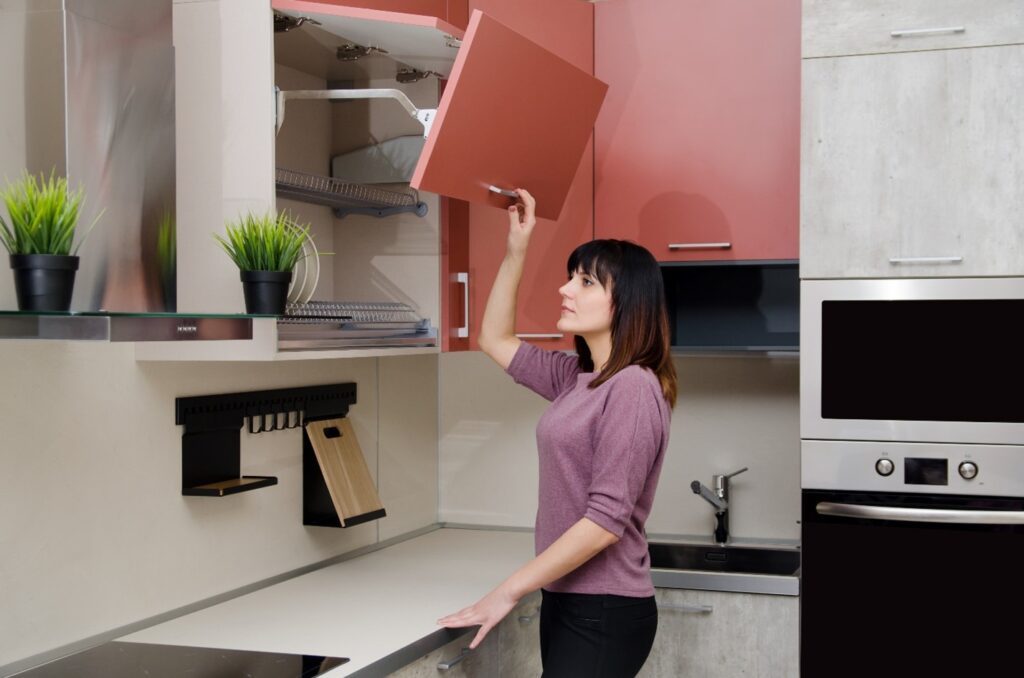
7. Allow Faucets to Drip
On very cold nights, allow faucets to drip slowly. The movement of water can help prevent freezing. Focus on faucets located along exterior walls.
8. Disconnect Outdoor Hoses
Before winter arrives, disconnect and drain indoor hoses. Shut off the water supply to outdoor spigots and drain any remaining water.
9. Pipe Relocation
In some cases, you may choose to relocate pipes in extremely vulnerable areas to ensure they’re less exposed to cold temperatures. This is a viable option if you experience repeated frozen pipes and other measures haven’t helped.
10. Know Your Shut-Off Valve
Before winter, familiarize yourself with the locations of your main shut-off valve and individual valve for each plumbing fixture. If a pipe bursts, you can quicky turn off the water supply.
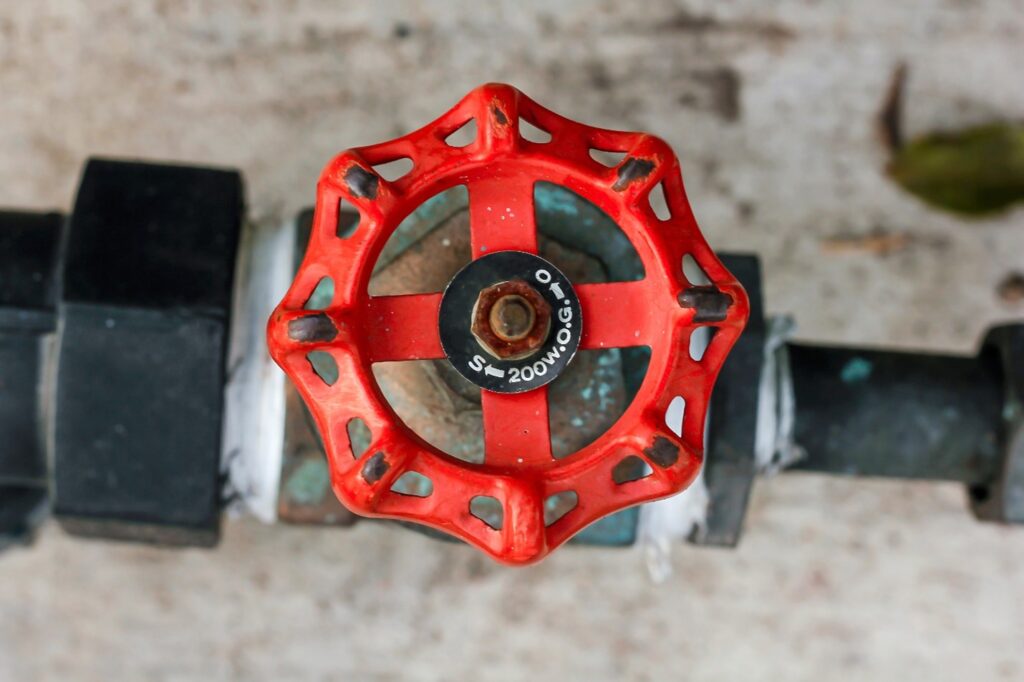
11. Thawing Frozen Pipes
If you suspect a pipe is frozen but not yet burst, you can attempt to thaw it. Use a heat lamp, hairdryer, or towels soaked in hot water. Never use an open flame to thaw pipes, as this poses a fire hazard.
Additional Tips
Along with the main steps to prevent frozen pipes, here are some additional tips to ensure your plumbing system is safe during winter.
- Regular maintenance: Schedule regular maintenance checks with a professional plumber for a plumbing repair to address any potential issues before they become critical.
- Plan for absences: If you have trips planned during the winter, take extra precautions to prevent frozen pipes. Set your thermostat at a minimum of 55°F and have someone check your home regularly.
- Invest in a freeze alarm: A freeze alarm is a device that can alert you when the temperature in your home drops to a critical level. It can help you take action before the pipes freeze.
- Insulate your home: Properly insulate your home, including the attic and walls, to reduce heat loss and maintain a consistent indoor temperature.
- Consider pipe heating systems: in areas with severe winters, you may want to invest in a pipe heating system. These systems can automatically regulate pipe temperature to prevent freezing.
- Emergency preparedness: Have a plan in place for dealing with frozen pipes or water damage. Know the location of your main shut-off valve and have the necessary tools and supplies on hand.
What to Do If Pipes Freeze
If it’s cold and you turn on a faucet, but only a trickle comes out, it’s likely a frozen pipe. Frozen pipes usually occur against exterior walls or where the water service enters you home through the foundation.
First, make sure your faucets are open. As you address the frozen pipe and it begins to thaw, water will flow through. If you have the faucets closed, it could create too much pressure in the pipe. In addition, allowing water to run will help to melt the ice in the pipe.
If you know where the freeze occurred, apply heat to that section of pipe using an electric heating pad, an electric hair dryer, or wrapping the pipes with towels soaked in hot water. You can also use a space heater, just make sure it’s far enough away from flammable materials.
Another option is a heat gun, but keep in mind that these can reach thousands of degrees. Use a heat gun carefully and move it constantly to avoid overheating one area. If you have PVC pipes, work at a lower temperature and keep the heat gun several feet away from the pipe. Never use a blowtorch, kerosene or propane heater, charcoal stove, or other open flame device.
Apply heat until the full water pressure is restored. If you’re unable to locate the frozen area or it’s not accessible, call a licensed plumber.
Check the faucets in your home to ensure all the pipes are flowing freely. If one pipe freezes, it’s possible that more will freeze.
What to Do If a Pipe Bursts
If your pipes freeze and burst, you need to act quickly to mitigate the damage. Shut off your water supply immediately to minimize the amount of water that seeps out inside your walls. You may also want to shut off the power in the affected area of your home.
After you’ve taken these steps, call a plumber for an emergency repair and begin cleaning up. It’s important to remove as much of the water and lingering moisture as you can to avoid mold and mildew buildup. A dehumidifier can help you dry out the space as well.
Depending on how bad the water damage is, you may need to call other contractors to fix your walls, carpeting, flooring, or ceiling. Make sure to correct these problems quickly, as water damage can cause severe mold and mildew that poses a health hazard. Plus, it’s much more expensive to fix.
Protect Your Pipes This Winter
Preventing frozen pipes during the winter requires diligence and proactive measures. Once you know how frozen pipes happen and the potential consequences, it’s much easier to make preventative measures part of your winterization routine. Hopefully these tips will help you prevent frozen pipes this winter.
If you need plumbing repairs, contact the pros at Seatown Services to schedule your appointment!

